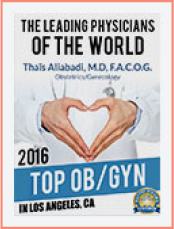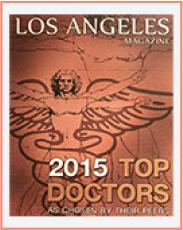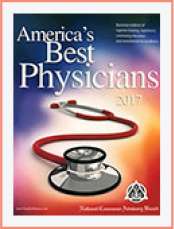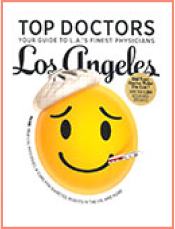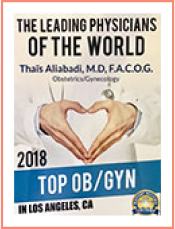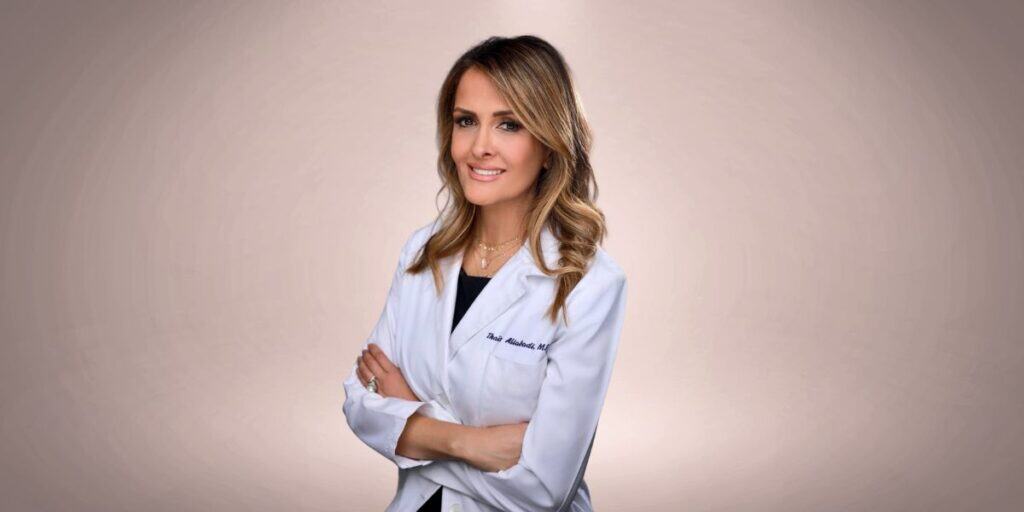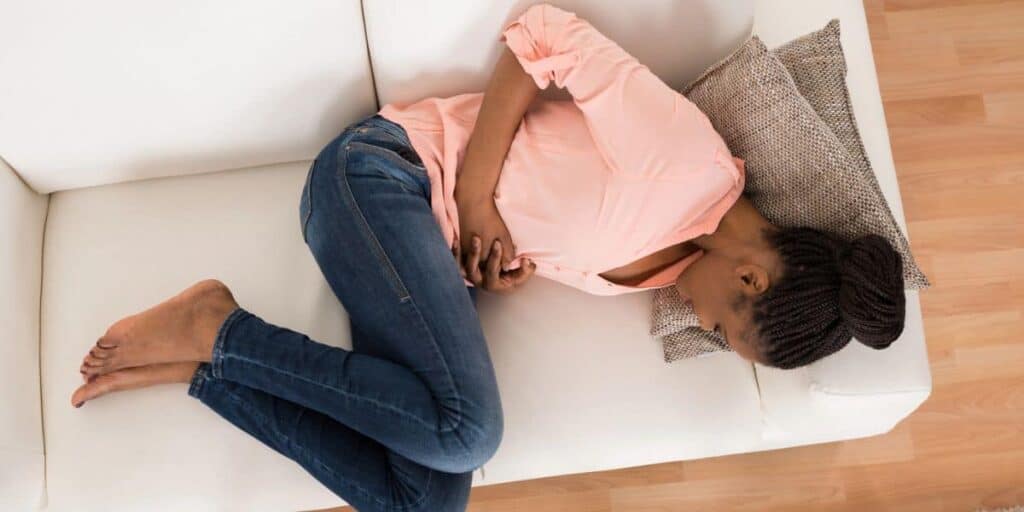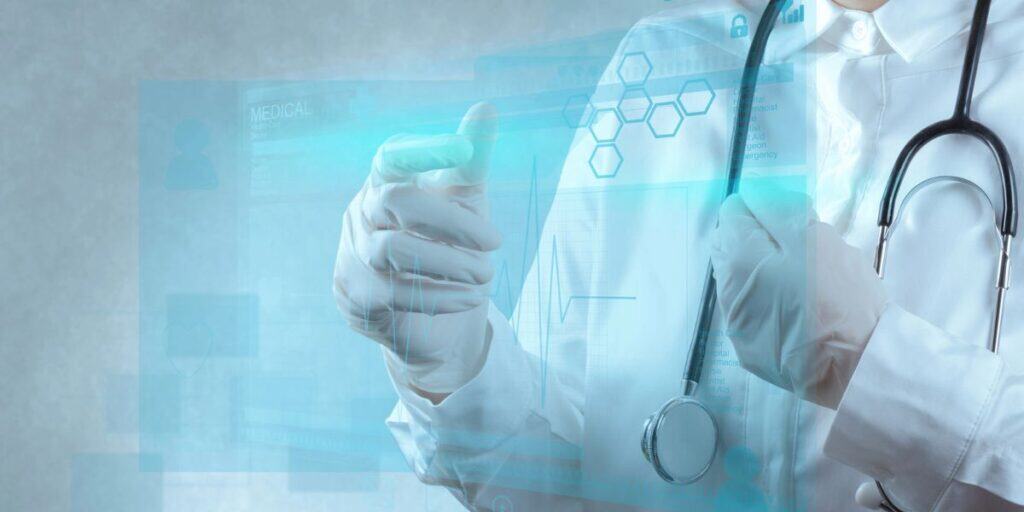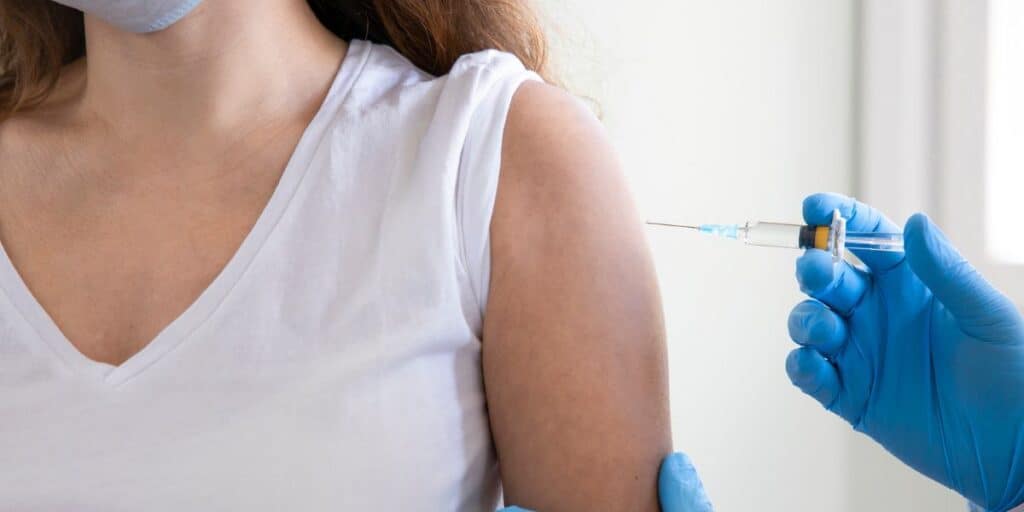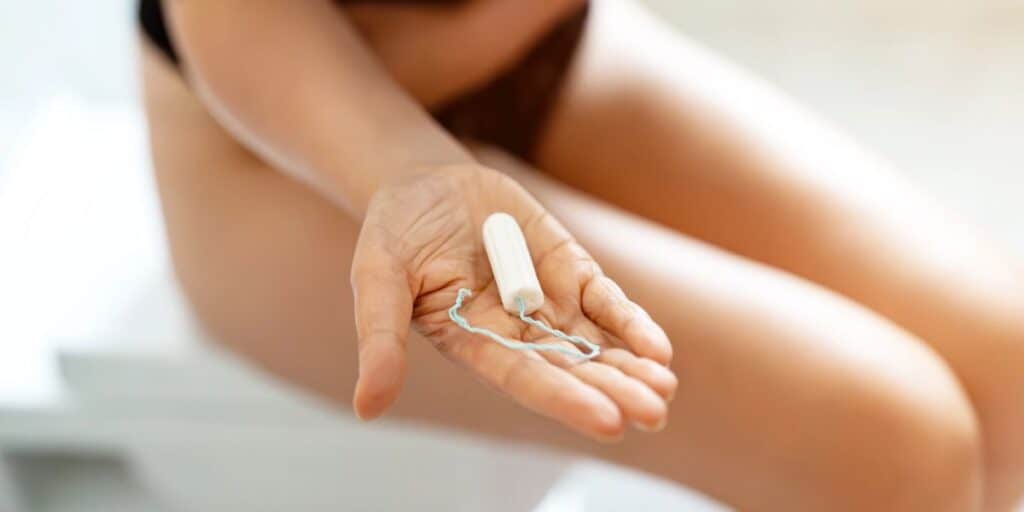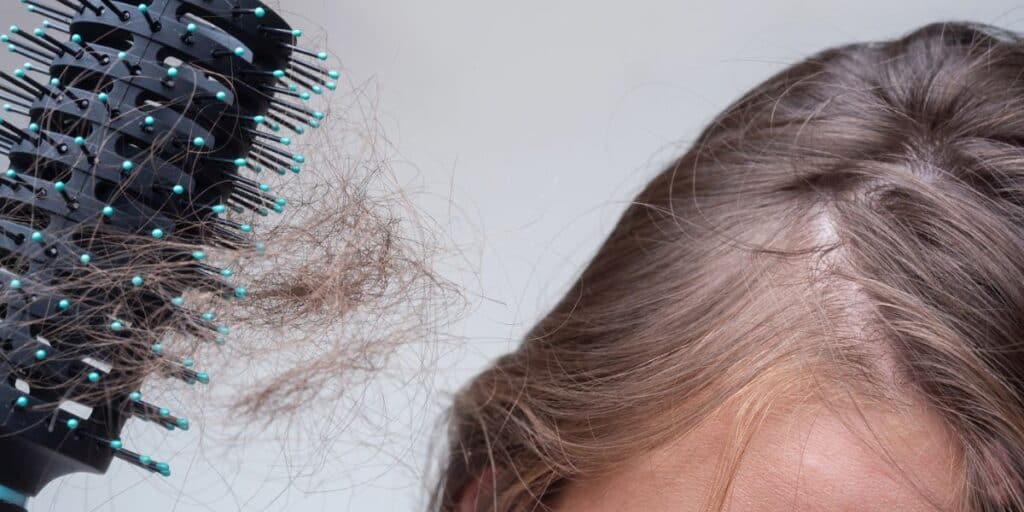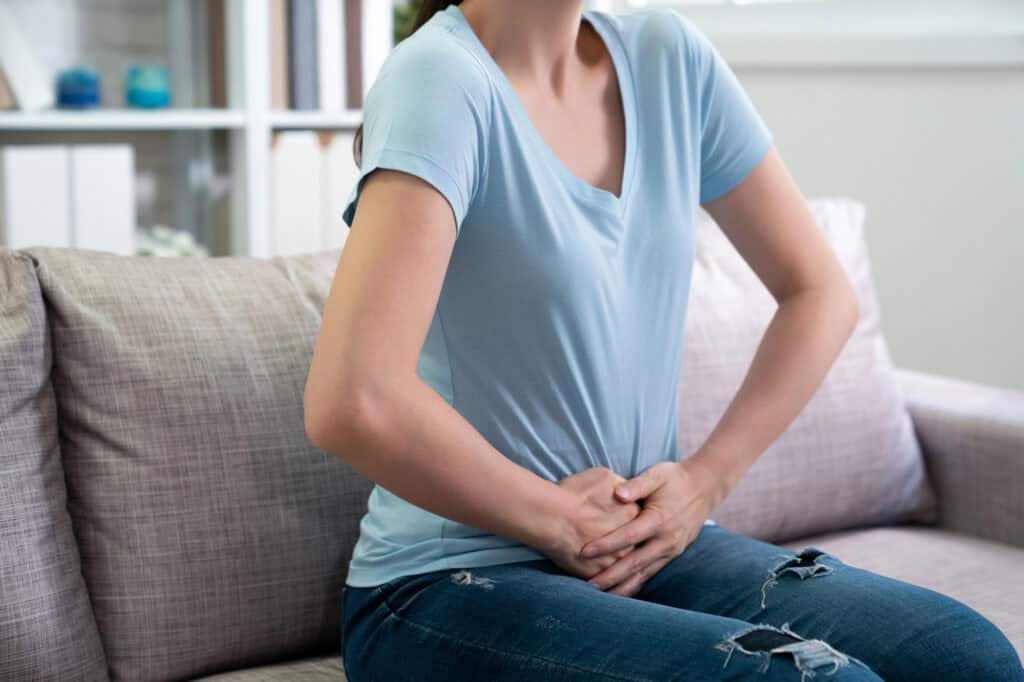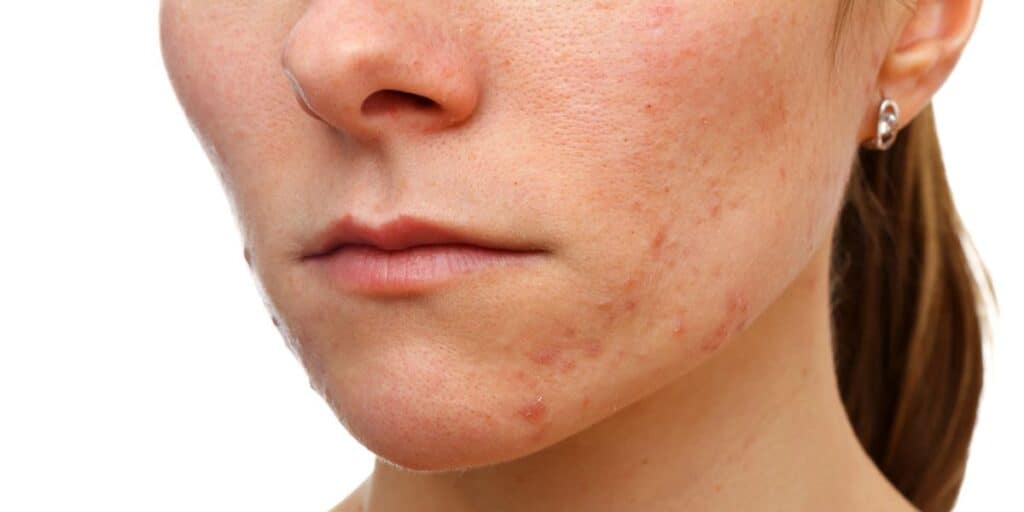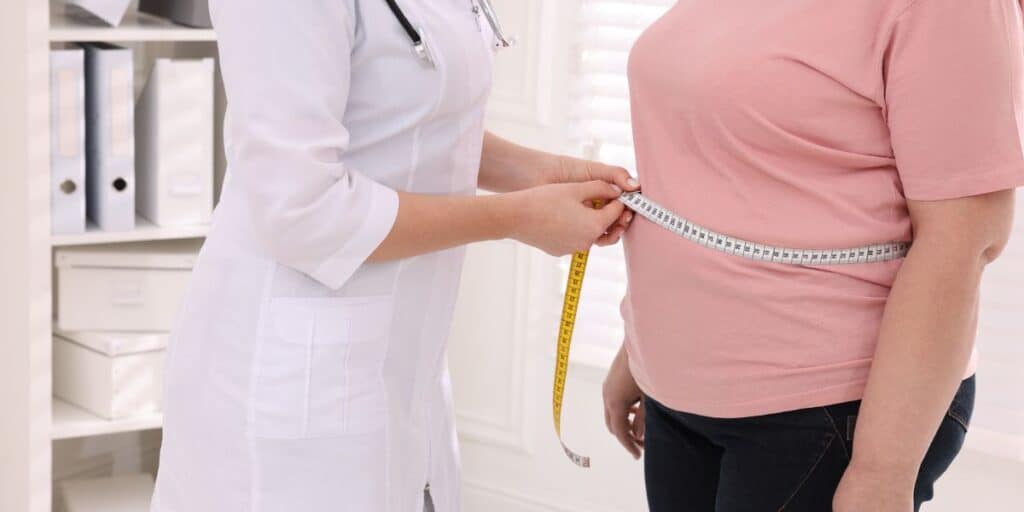What’s osteoporosis?
When we are young and still growing, bone cells create bone tissue faster than the tissues die and are reabsorbed. Osteoporosis is a bone disease in which the bone cells can’t make new bone as fast as the old bone degenerates.
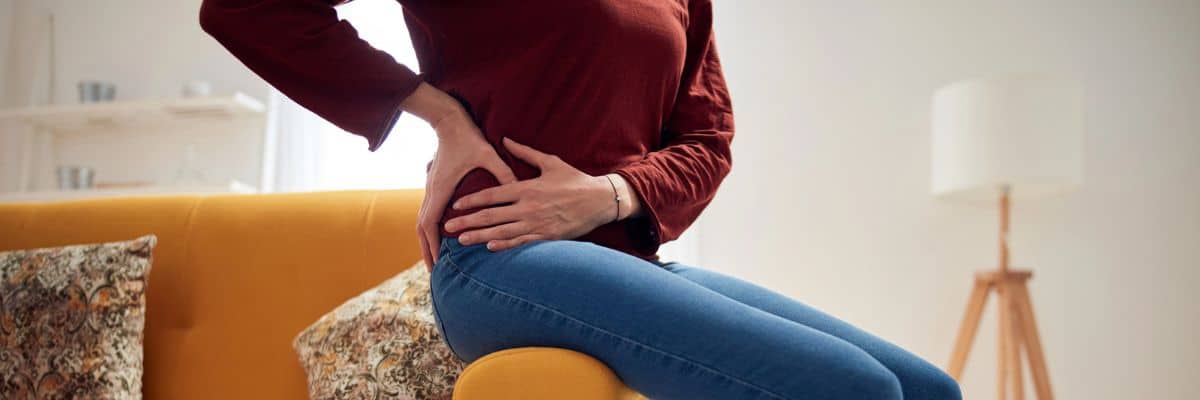
Osteoporosis vs osteopenia: what’s the difference?
Those with osteoporosis have bones that are brittle and fragile and at risk of fracture. It can be so severe that a minor impact or cough can be a fracture risk. On the other hand, osteopenia indicates lower-than-normal bone mass that isn’t yet causing problems.
Generally, we reach peak bone mass between the ages of 25 and 30; osteopenia usually occurs near age 50. The exact age depends on how strong your bones are when you’re young. If you have hardy, healthy bones, you may never get osteopenia. If your bones aren’t naturally dense, you may get it earlier.
As we age, our bone strength decreases, and the risk of developing osteoporosis increases. Women, especially white and Asian women, are more susceptible to the disease than men. We encourage pre- and post-menopausal women to talk to their physicians about their concerns and start taking preventative measures while their bones are still relatively healthy.
Experts estimate that more than 40 million Americans have osteopenia. This means about one-third of adults older than 50 have some degree of bone density loss.
What are the symptoms of osteoporosis?
One of the dangers of osteoporosis is that there are no outward symptoms to warn you until you already have the disease. For some people, the first sign of the disease is a broken bone, usually in the spine or hip.
Bones weakened by osteoporosis may cause:
- Back pain
- Stooping or slouching posture
- Loss of height
- Unexpected bone fractures
If you’re experiencing these symptoms, talking to your healthcare provider about preventing further bone loss is important. You may also be at higher risk if you went through
early menopause, if your parents had any hip fractures in their old age, or if you took corticosteroids (i.e., cortisone, hydrocortisone, and prednisone) for a long time.
What are the risk factors for osteoporosis?
Some factors put you at an increased risk for osteoporosis. These include:
Gender
Women are far more likely to have low bone density than men. According to some estimates, approximately one-third of women over 50, often postmenopausal women, will have an osteoporotic fracture, a fracture due to poor bone density, compared to one in five men.
Age
As you get older, your risk of developing osteoporosis increases. Bone density generally peaks by age 30.
Genetics
Osteoporosis is a hereditary condition. If you have a family history of osteoporosis, you’re at a higher risk.
Body size
Short and petite people are at a higher risk because they have less bone mass when their renewal rate starts to slow down.
Race
Asian and white women tend to suffer from osteoporosis at higher rates than Black and Hispanic women. It’s not clear exactly why, but it’s most likely due to several factors, including heredity, differences in body size, hormonal status, and overall bone density.
Hormones
Since estrogen has a protective effect on bones, decreasing estrogen during menopause can weaken bones. This is one of the reasons why women suffer from osteoporosis at higher rates than men.
Medical conditions
The risk of osteoporosis is higher in people who have certain health conditions, including:
- Celiac disease
- Inflammatory bowel disease
- Kidney or liver disease
- Cancer
- Lupus
- Multiple myelomas
- Rheumatoid arthritis
Medications
Some steroids increase the risk of osteoporosis when taken long-term. Corticosteroids, like prednisone, cortisone, and hydrocortisone, weaken bones by damaging the bone-renewal process. Some medications used to treat cancer, seizures, gastric reflux disease, and transplant rejection have also been known to increase the risk of osteoporosis.
Lifestyle factors
Some behaviors can increase your risk for osteoporosis. Eating disorders such as anorexia deprive the body of nutrients necessary for strong bones. Alcohol consumption and tobacco use have also been shown to increase the risk of osteoporosis.
Weight-bearing exercise forces the body to build strong bones. People who live a sedentary life and don’t get much physical activity are generally at a higher risk for osteoporosis.
How can you prevent bone loss and fractures?
Preventing osteoporosis and osteopenia may not be possible for some people. Many uncontrollable factors may affect your chances. However, reducing your risk starts with living a healthy lifestyle. If you’ve built up enough bone mass in your youth, you may be able to avoid osteoporosis as you age.
Perhaps the most important thing you can do for your bones is to get enough calcium supplements and vitamin D.
You can help your bones stay strong and avoid osteoporotic fractures by:
- Avoiding smoking.
- Avoiding alcohol. Excessive alcohol consumption may hurt the renewal process.
- Preventing falls: Run a safety check on your home for stray electrical cords, loose rugs, and slippery floors. Install grab bars and non-slip pads in your shower and bathroom. Wearing non-slip shoes is also a good option.
How are osteopenia and osteoporosis diagnosed?
If you have concerns about your bone health, schedule a consultation with Dr. Aliabadi. Many therapies are available for menopausal women to treat osteopenia and osteoporosis. A dual-energy X-ray absorptiometry scan—also known as a DXA or DEXA scan—is a quick, painless, and noninvasive test for bone health. During the procedure, a low-level X-ray machine scans your wrist, hip, and spine. This provides a T-score and can tell us whether your bone density has reached unhealthy levels.
What are the treatments for osteopenia and osteoporosis?
Based on the results of your bone density test and the patient’s risk factors, we can recommend an individualized treatment plan. Sometimes, minor lifestyle changes are enough to decrease your risk. Regular exercise and increasing your vitamin D can help strengthen your bones at any stage of life.
Other patients will need prescription medication. The most common osteoporosis medications are bisphosphonates, which include Fosamax, Atelvia, Reclast, and Boniva.
If bisphosphonates aren’t right for you, then hormone replacement therapy may be another option to help increase bone density. However, estrogen therapy does carry some risks. Dr. Aliabadi will review all your treatment options, benefits, and potential risks when determining your best option.
Have questions about osteoporosis? Talk to Dr. Aliabadi
Dr. Aliabadi and her compassionate gynecology and obstetrics team are women’s healthcare experts. When treated by Dr. Aliabadi, you’re guaranteed to feel safe, heard, and well cared for. We invite you to establish care with Dr. Aliabadi. Please make an appointment online or call us at (844) 863-6700.
Dr. Thais Aliabadi’s practice and Outpatient Hysterectomy Center are conveniently located for patients throughout Southern California and the Los Angeles area. We are near Beverly Hills, West Hollywood, Santa Monica, West Los Angeles, Culver City, Hollywood, Venice, Marina del Rey, Malibu, Manhattan Beach, and Downtown Los Angeles.
Osteoporosis itself does not directly cause fatigue, but the pain from fractures, reduced physical activity, and emotional stress associated with the condition can contribute to feelings of tiredness. Additionally, some medications for osteoporosis may have fatigue as a side effect.
Engaging in weight-bearing activities helps maintain or possibly improve bone mineral density. Although these exercises cannot completely reverse osteoporosis, they are effective in decelerating the rate of bone loss, thereby contributing positively to the management of the disease.
Bone cancer and the spread of cancer cells from other parts of the body to the bones — known as bone metastasis — weaken the bone structure, increasing the risk of fractures. This weakening occurs because the cancerous cells disrupt the normal bone remodeling process, leading to fragile areas within the bone that are more susceptible to breaking.
Engaging in regular physical exercise is crucial for maintaining bone strength and density, which can deteriorate with age. If physical activity declines, the risk of bone density loss increases, potentially leading to osteoporosis. Furthermore, adequate consumption of calcium and vitamin D is vital for bone health. A decrease in these nutrients, often due to changes in diet or decreased appetite, can hasten bone loss, thereby elevating the risk of developing osteoporosis.
Sources
Bone mineral density and related clinical and laboratory factors in peritoneal dialysis patients: Implications for bone health management. Tamimi, R., Bdair, A., Shratih, A., Abdalla, M., Sarsour, A., Hamdan, Z., & Nazzal, Z. (2024).
https://doi.org/10.1371/journal.pone.0301814
Treatment for Osteoporosis. National Osteoporosis Foundation
https://www.bonehealthandosteoporosis.org/

